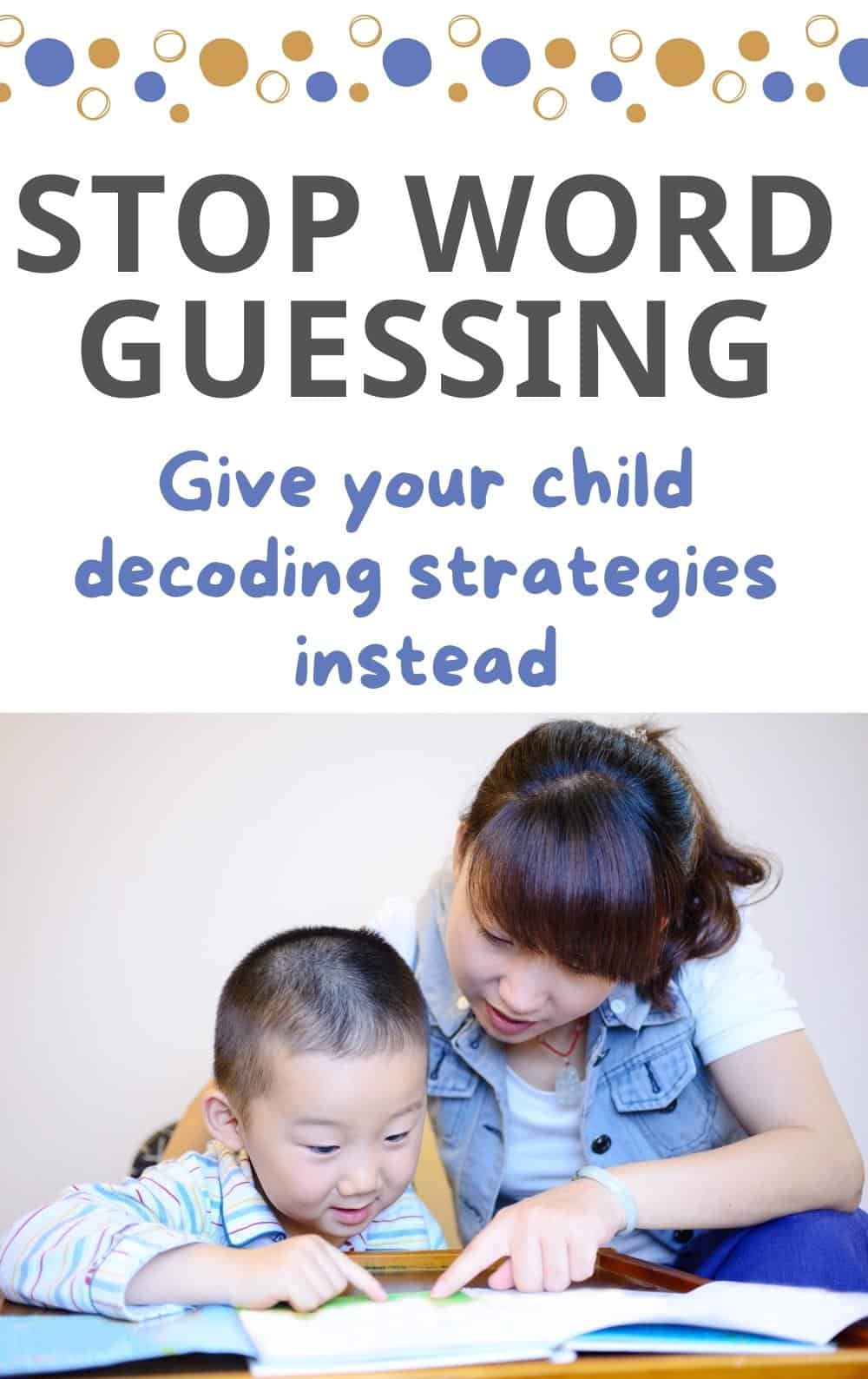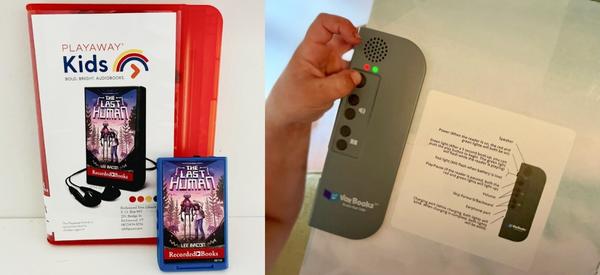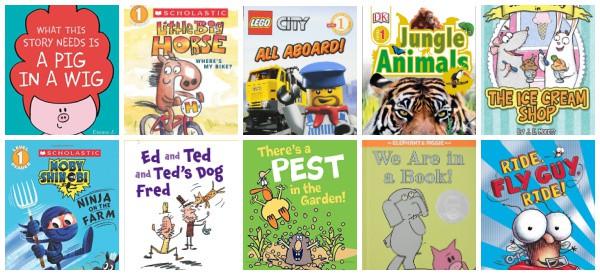Word Guessing: the Enemy of Good Reading
written by Judy Kucera, M.A., M.Ed., A/AOGPE
Some people dream of world peace, perhaps an end to hunger or homelessness. As a reading teacher, what is my dream? An end to word guessing! I work with children who struggle with reading from kindergarten through eighth grade. The one common habit that all of these children have is word guessing.
Often, children who struggle with reading in the primary grades will word guess as a strategy if they find decoding/ ounding out the word difficult. They’ll use pictures, first or last letters, or predictable patterns in the text to try to guess the word. While these strategies might artificially help them; they don’t help their issue of not being able to decode the word. Worse, when they get older, and there are less pictures, and the text is less predictable, their habit of word guessing begins to have drastic impacts on their reading. So, what can you as a parent do?
Preventing word guessing with decoding!
Give your child the decoding strategies they need so that they don’t word guess!
There are two main strategies that I teach children to give them the skills to decode words.
1. Tap and swoop – for short, phonetic words which can be sounded out
When a child is reading and gets to a phonetic word that they need to “decode” – this is the strategy I use. Here’s the basic script:
Example: the word is “crunch.”
Ask your child to tap their finger under each letter as they say the sound that the letter makes. c…r…u…n…ch. The ch should be blended together since it’s one sound. They do not name the letters – only give the sounds.
Once they’ve tapped it out ask them to “swoop it.” They’ll go back to the start of the word and slide their finger across, blending the letter sounds together: “crunch!”
If the word has a silent e at the end – remind them before they tap and swoop the word to “look first to check and see, if there is a silent e.” If there is, they need to make sure the vowel says its name.
The point of tapping is to make reading the word multi-sensory. They are seeing it, hearing it as they say it, and touching it as they tap it.
2. “Chunking” – longer words for more advanced readers.
When a child has mastered all of their letter sounds and the tap and swoop technique — they are ready for longer words. Tapping and swooping longer words would take forever and hold back their fluency. So, we need a new strategy! This is “chunking” – or as I say to my students – “break it to make it.” Here’s a basic script for the strategy:
The child is reading the word — fantastic.
You say, “break it.” At first, you might need to help them with breaking it. Hold your finger over all but the first syllable of the word. Have them read one syllable at a time as you uncover it.
Example: fan…. (uncover the next syllable) tas…. (uncover the next syllable) tic. Then have them blend or swoop the three syllables together – fantastic!
The goal is to have your child take over the breaking. They will hold their finger over all but the first syllable, uncovering the rest as they read them – one syllable at a time. Then, uncover it all and swoop it! With time – they should be able to mentally break the word without having to use their finger.
More Tips to Prevent Word Guessing
Be careful that your child is reading text to you at a level that they can read with greater than 95% accuracy! If they are struggling to read more than 1 out of 10 words, then it’s a frustration level.
Never encourage your child to use strategies that lead to word guessing. Example: “Look at the picture, what do you think the word says?” Or, give hints or ask questions that lead to word guessing – ex. “it’s something that you kick…” “it’s something you eat every morning…” They need to look at the word to read the word! Have them use their decoding strategies!
Be wary of predictable texts. A predictable text is when the same sentence structure is repeated from page to page but with a few words changing. Example: We got ham. We got apples. We got bread. Many children’s books have a predictable pattern and can be wonderful books! The issue is that they can mislead children into overestimating their reading ability. If your child is reading predictable text and getting into the predictable pattern, at the end of each page have a word hunt! “Where’s the word – butterfly?”
Encourage word play. Once in a while, point to a word they are successful at and ask them to play with it… Example: “What would the word cat say if we took away the c and it started with an h?” Practice chunking words with them. Cover up half of the word, have them read the parts in isolation and then blend them together. Example: butter… fly! These strategies work on your child’s ability to decode words!
About Judy Kucera

Judy Kucera’s teaching career spans almost 25 years and every grade level. She has taught high school English, English as a second language at a Russian boarding school, preschool special education, general special education, and now works as a reading and writing specialist in Holderness, New Hampshire. She has a bachelor of arts in English – Journalism, a master of arts in nonfiction writing, and a master of education in early childhood special education, as well as teaching certifications in pre-K to 3rd-grade special education, K to 12 special education, 5 to 12 English, and K to 12 reading and writing. She earned her associate’s level Orton-Gillingham certification through the Carroll School in Lincoln, Massachusetts. The common thread through all of her teaching perspectives is a love of teaching reading and writing to students of any age, especially those who find it challenging. When she’s not teaching or thinking about teaching or planning for teaching, she can be found trail running and hiking in the mountains, often in the company of one of her 16-year-old twin boys.

KEEP READING
Read Alongs
Hispanic Heritage Month Picture Books
Easy Reader Books for Kindergarten and 1st Grade

 PARENTING TIPS
PARENTING TIPS PREGNANCY
PREGNANCY BABY CARE
BABY CARE TODDLERS
TODDLERS TEENS
TEENS HEALTH CARE
HEALTH CARE ACTIVITIES & CRAFTS
ACTIVITIES & CRAFTS


